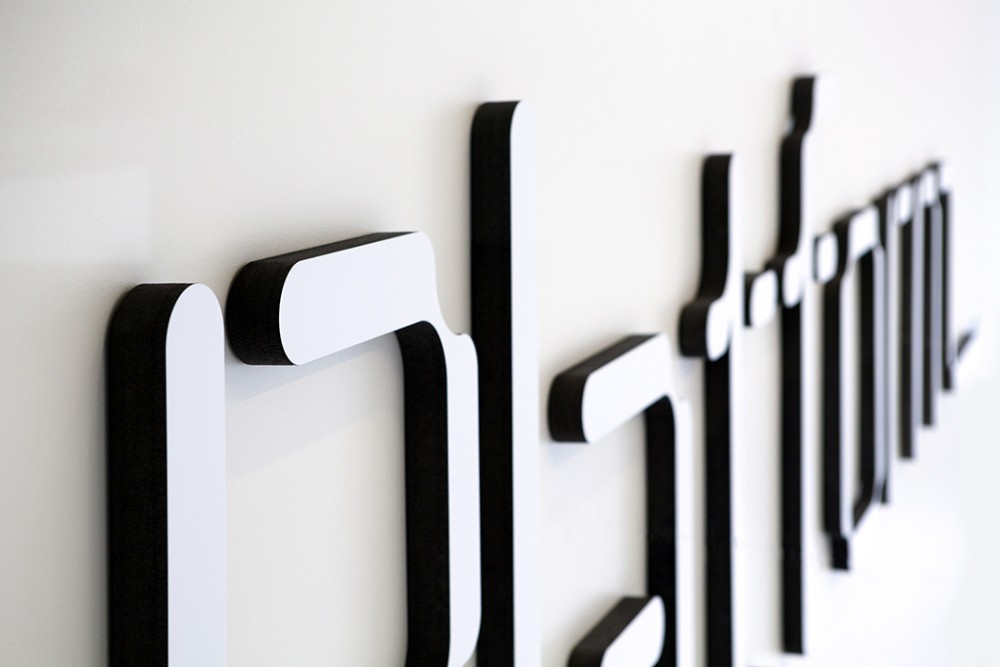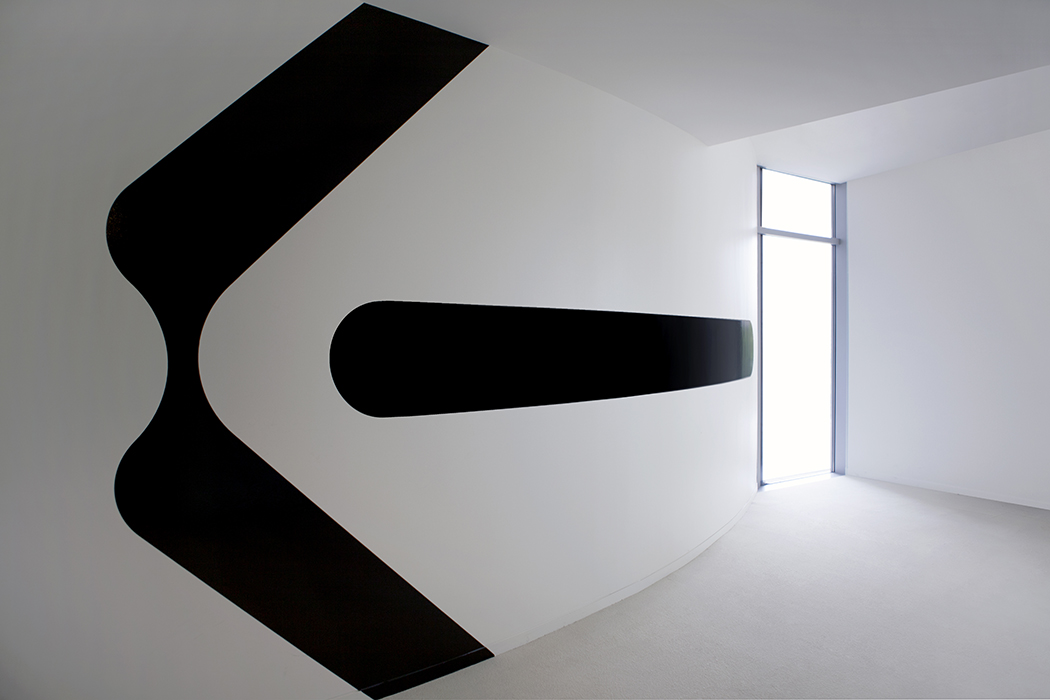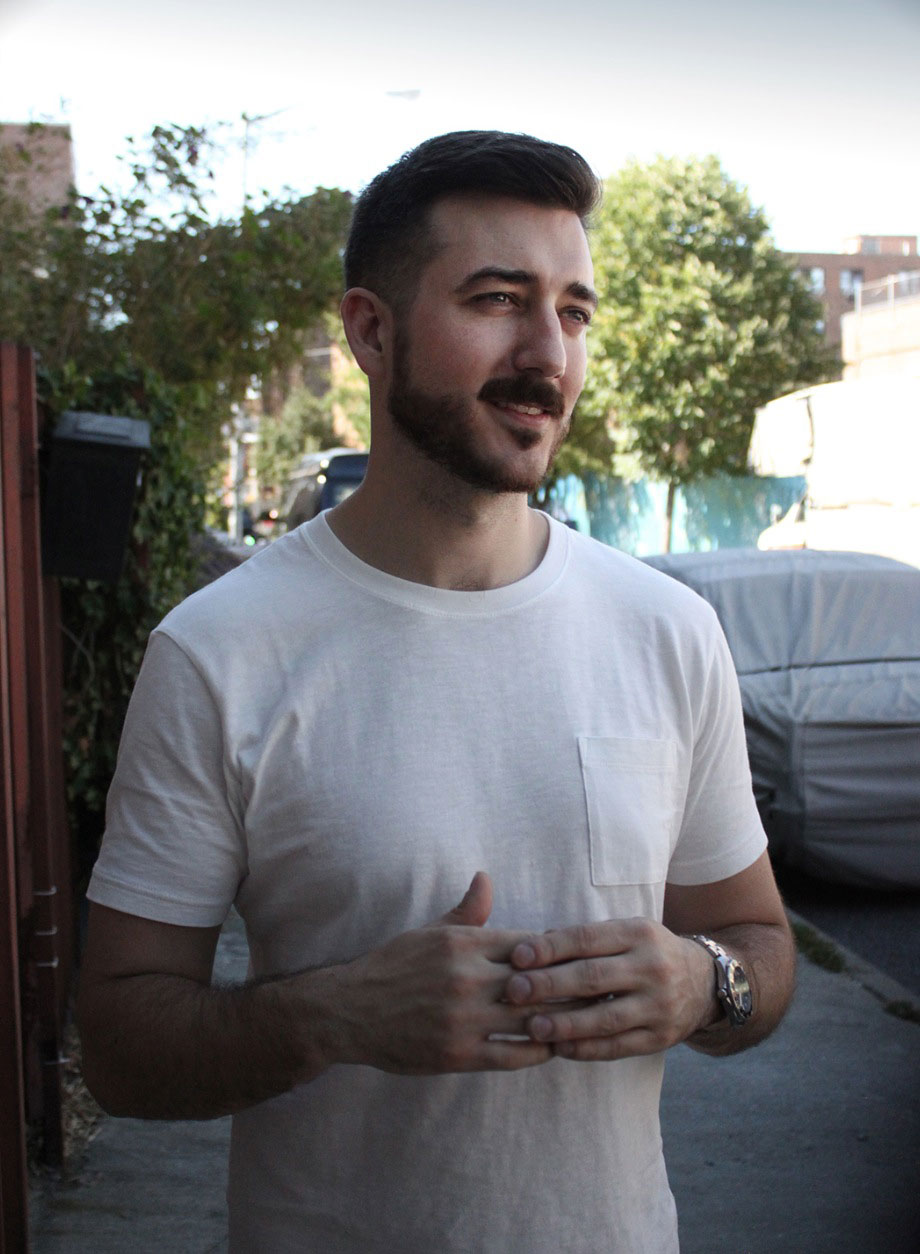
01 - Where are you in and why are you there?
New York City. I came for what I thought would be a period of one year. Now, four years later I'm still here. My goal is to work with a variety of clients across multiple disciplines within design; be it identity, print, web or interactive.
02 - Where are you working? How did you get there?
I'm working at Pentagram for one of its partners, Eddie Opara.
I got here by meeting some good people who introduced me to other good people who then recommend I contact Eddie, whose work from the Map Office I had admired for years.
At the time I was playing around with Cargo Collective trying to develop a better understanding of coding and web design. Combining this interest with my background in typography and print was, I thought, a very fitting match for Eddie's team.
I had my interview with Eddie in a small mexican restaurant in Brooklyn. He was in between offices at the time (his team was about to transfer into Pentagram). We talked for a while about my background and his current projects. I could tell that Eddie was a mentor by nature, and that I would be able to learn a great deal from him.
Eddie offered to take me on for two freelance projects as soon as they joined Pentagram. However, being a foreigner coming to the end of a one-year visa, I needed something more concrete. I suggested that I intern for 3 months if he would be open to securing a more permanent visa for me. Being from London, Eddie was well accustomed to being an 'Alien' and the difficulties of sorting out a long-term visa. He very kindly agreed to help me.
I recently read a quote from Luke Hayman (another partner in the New York office), which lends itself well to my situation at that time: "Find a good mentor and all of your work will be good. I have taken drops in salary more than once to work for great people." I think this is extremely sound advice, particularly in the early years of your career.
A few weeks later I was in the doors of Pentagram.
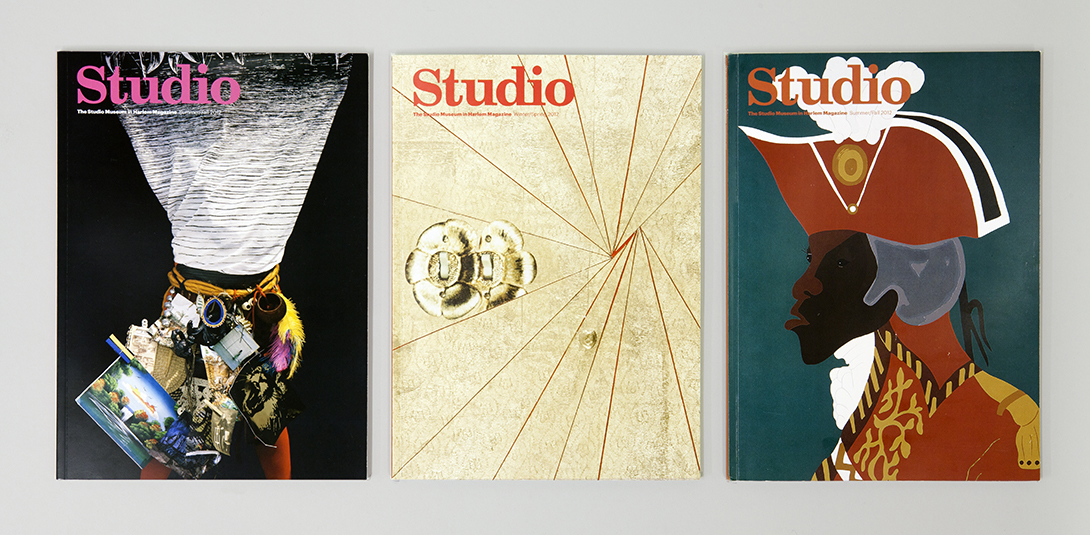
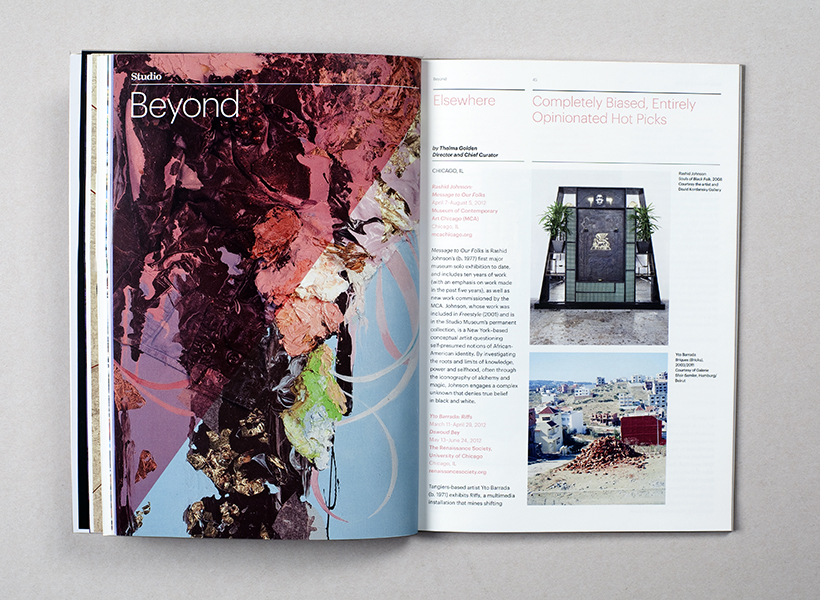
03 - What's the studio and working culture like?
The building itself is quite impressive. It was built in 1913 and was a bank originally, then a clothing business and then home to various nightclubs, one of which was M.K.'s. In the mid-90s it became Pentagram. We have a large vault in the basement with two ornate doors, an old fashioned lift and a very nice roof top for summer parties. Lunch is prepared in the office by two amazing chefs three days a week. There is a great social side to the office—we regularly get drinks with the other teams after work.
No two teams are alike in process—this is because each team solely works for one partner. Essentially it's a bunch of small specialized studios in one big office. Our team's process is very organic. We usually have open discussions about concepts, fonts, structure and format. We throw ideas around and have no problem being laughed at by one another. This 'open forum', encouraging environment is key in the conceptual stages of a project.
04 - Irish designer or just 'designer'?
Irish designer!
I plugged the 'Irish designer' title in all of my introductory emails when I first arrived in NY. I knew I needed something to grasp people's attention quickly and it worked well! I had a few job offers pretty quickly, the first job I accepted was at Hinterland—a fantastic design studio run by Scott Buschkuhl. I worked there for the first year, before starting at Pentagram.
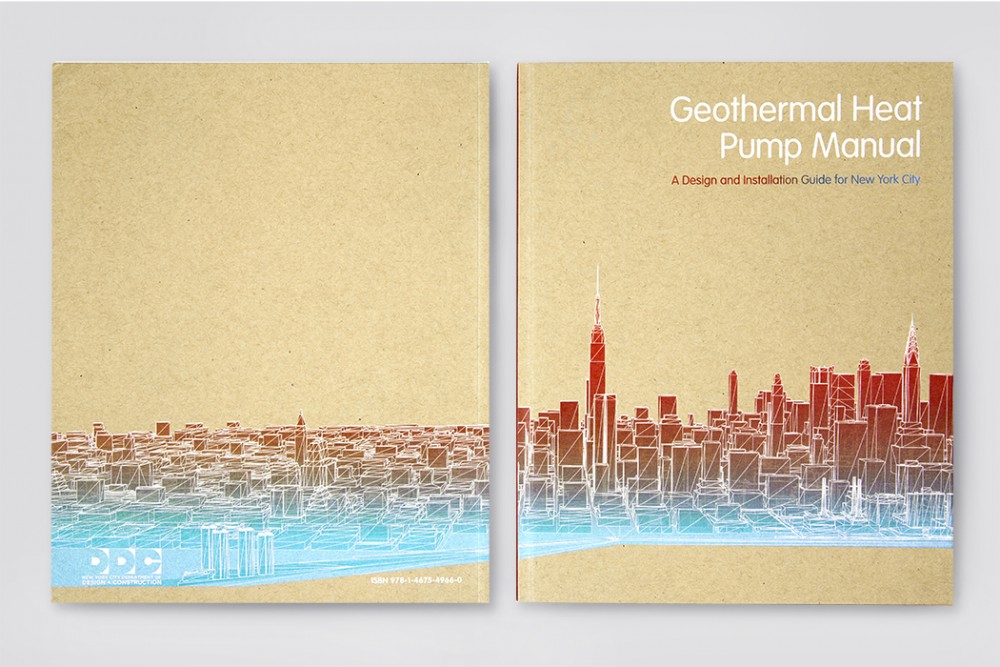
05 - Do your Irish experiences set you apart in any way?
Absolutely! I was fortunate enough to intern at two great design studios in Dublin before coming to New York. At Design Factory I assisted with the design of their book 'Design Factory: On the edge of Europe'. At Red Dog I worked on signage for their '16 Exhibition'. I do feel that both of these projects were a huge point of interest when I met with studios in New York. Overall, I've found New Yorkers to be genuinely interested in Irish culture and design.
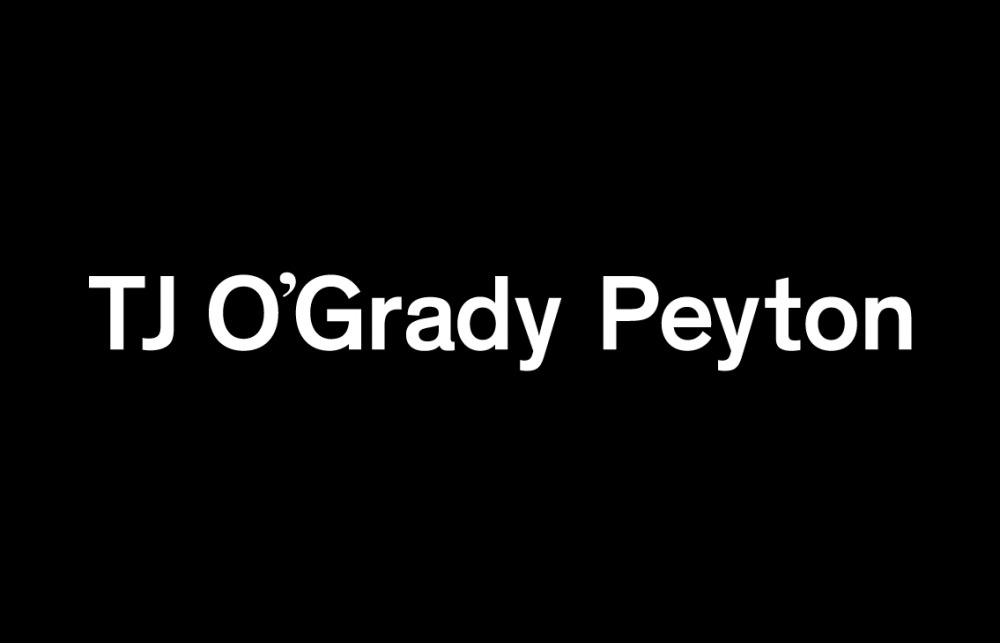
06 - Do you keep an eye on what's happening here? Do your colleagues?
I'm always interested in what's going on at home. I'm proud to share the work of Irish studios with colleagues in New York. I like to keep an eye on the design work of my peers from NCAD, IADT and DIT. I also check out Irish graduate exhibition sites when that time of year comes around.
I went to Offset this year for the first time! I invited some co-workers from Pentagram to check it out and they loved it. They all really enjoyed the variety of speakers, and how diverse the presentation formats were.
07 - Are your colleagues there active in promoting and celebrating their design culture?
We get designers and interns from all over the world and there is a nice exchange of design culture and ideas. Currently our team members hail from the UK, the US, Bosnia, Ireland, Korea and Portugal. It's a melting pot—a microcosm of NYC!
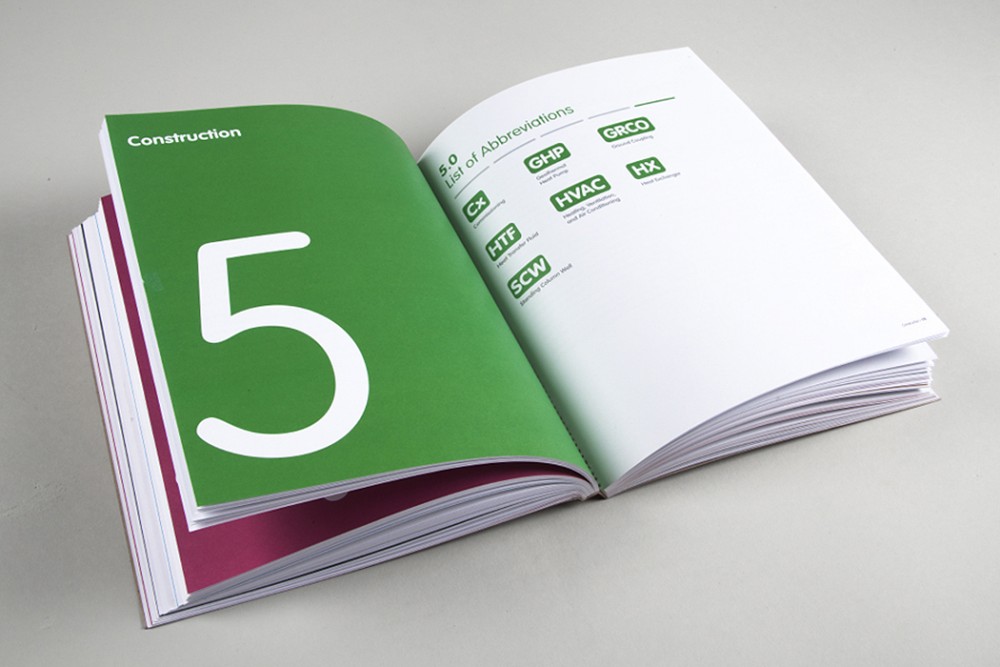
08 - 3 Designers/studios there that you admire
2x4
Li, Inc.
Mike and Maaike
09 - Is there an Irish designer or piece of design that inspired/inspires you?
David Smith. His studio's whole body of work is inspiring. I saw his Offset video from 2009, which illustrates his interesting career path via Paris, Amsterdam and back to Dublin.
To roughly paraphrase a portion of his Offset presentation—a very reputable design studio in Amsterdam (which he greatly admired) offered him a position. Instead of snapping it up he met with another studio that was far more critical of his work. It was clear to him that he would benefit much more from the critical studio, so he took a job there instead. I love this story! It demonstrates the importance of testing yourself and pushing yourself out of your comfort zone.
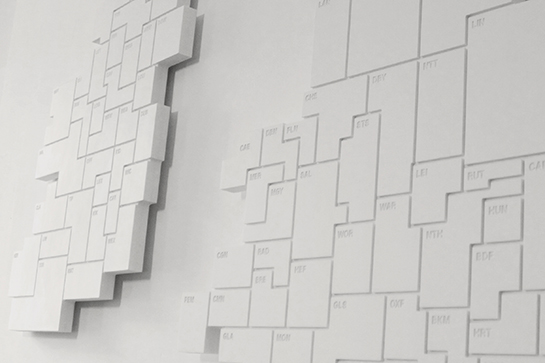
10 - How do you/your workplace archive, record and promote it's projects?
Our team creates a lot of print work; books, exhibition catalogues, magazines, brand collateral, etc. We have an archive space in a different building, which is where 40 years of Pentagram's print work is stored and professionally photographed. Almost all work across all disciplines is archived on the website and design server.
Online, I sometimes find interactive projects that are rendered onto images of computers, iPads, iPhone, etc. undermine the capabilities of the piece. We like to use video case studies where possible (for example our Tbl. project with SCAD and our collaboration with MIT for Makr Shakr. These videos show our process, the environment in which the piece lives and its key features.
In the initial stages of a project, the client needs to be able to clearly understand and visualize what you (the design team) want to create. Interestingly, this requirement for clear explanation and visualization reoccurs at the end of a project, when the interactive piece needs to be archived/presented online. This is something we're thinking about and developing all the time. The ultimate goal is to successfully illustrate the crossover of interactivity and design, at both the start and end phases of the project.
